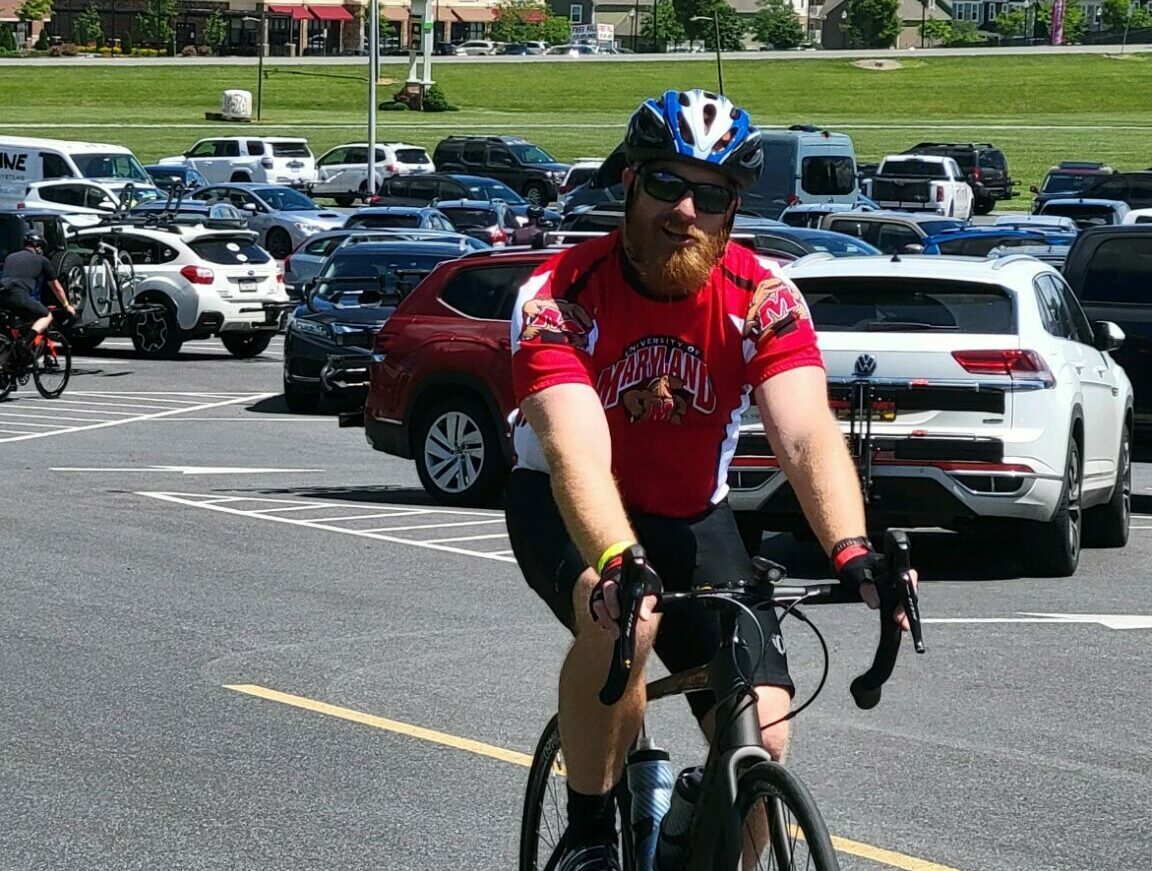In 2006, I completed my fall lacrosse season in my senior year at Eastern University. I was experiencing a lot of knee pain and after an examination, I was diagnosed with a torn meniscus. I needed knee surgery to clean out the knee and fix the tear.
The day after my surgery, I noticed that my foot was cold and I had some calf pain. The pain felt like a mild cramp, except the sensation never went away.
About 48 hours after surgery, the pain continued to worsen and my foot became extremely cold regardless of how many socks I put on. After a phone call to my surgeon, I was told to report directly to the emergency room for a CT scan of my leg and calf.
When the scan was completed, I was told to stay in the waiting room until a doctor gave me instructions. My diagnosis was three DVTs in my left leg, and I would need to report to my doctor’s office for further instructions.
For three months, I gave myself a shot twice a day. After three months I was cleared to play lacrosse in my senior year.
In 2013, after a 14-hour road trip to Maine, I experienced significant calf pain again. I was diagnosed with another DVT in the same leg as before. I was told it was probably bad luck based on the previous clot and that I should be careful with sitting for too long.
In 2022, again after a long road trip, I experienced calf pain. Back to the ER and back on blood thinners. This time, I was referred to a hematologist. I am negative for factor V. I was put on rivaroxaban indefinitely.
Since I would be on blood thinners for life, I made some changes to my health and activity level. Running and biking have become not only a necessity to alleviate leg pain but also to improve my health as a whole. Over the last year, I completed a half marathon and a metric century (100K) on my bike and I’m looking to complete a full marathon.
Resources
Hospitalization and Surgery
Travel and Blood Clots
Living Your Best Life on Blood Thinners




